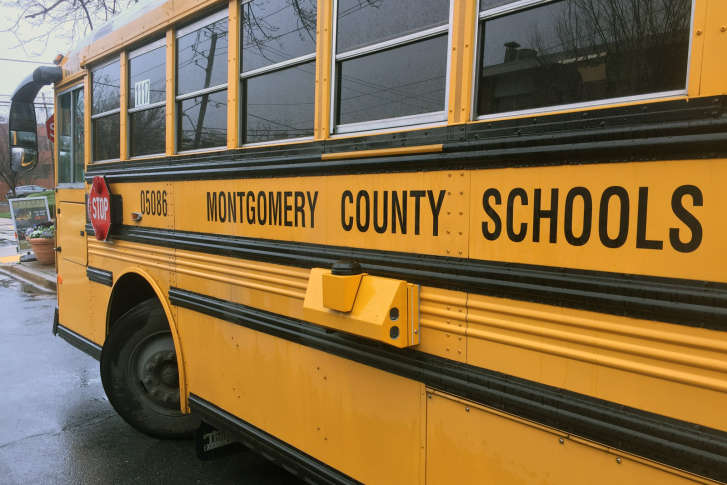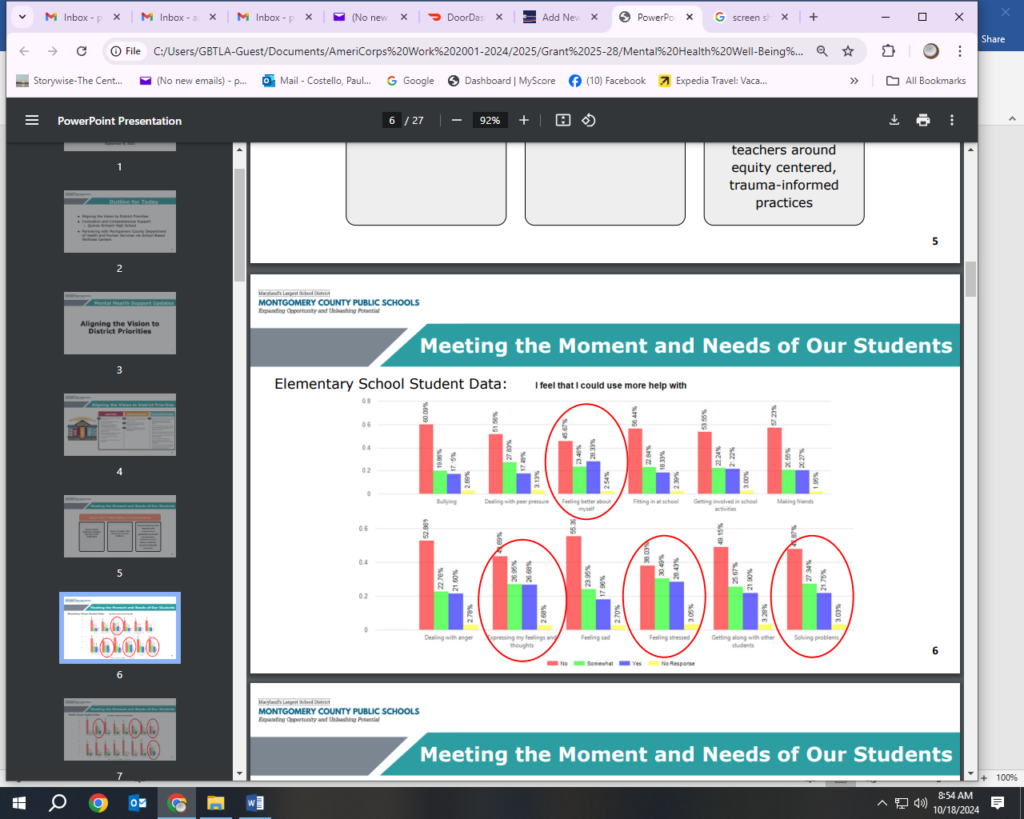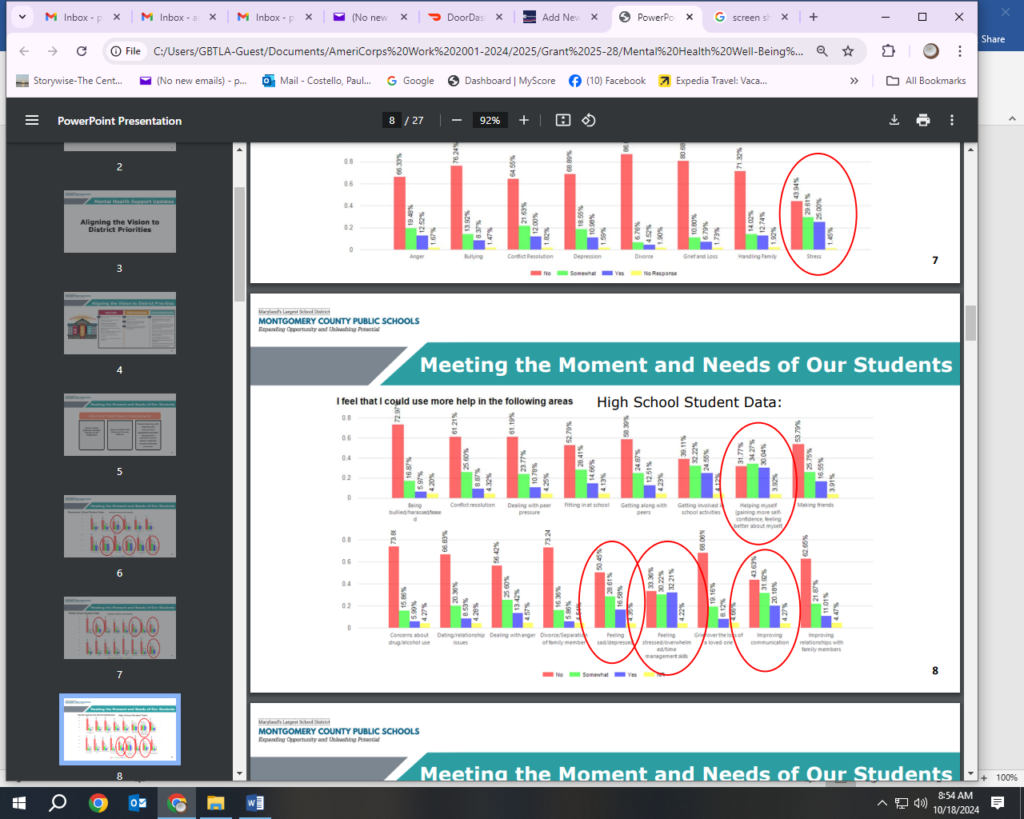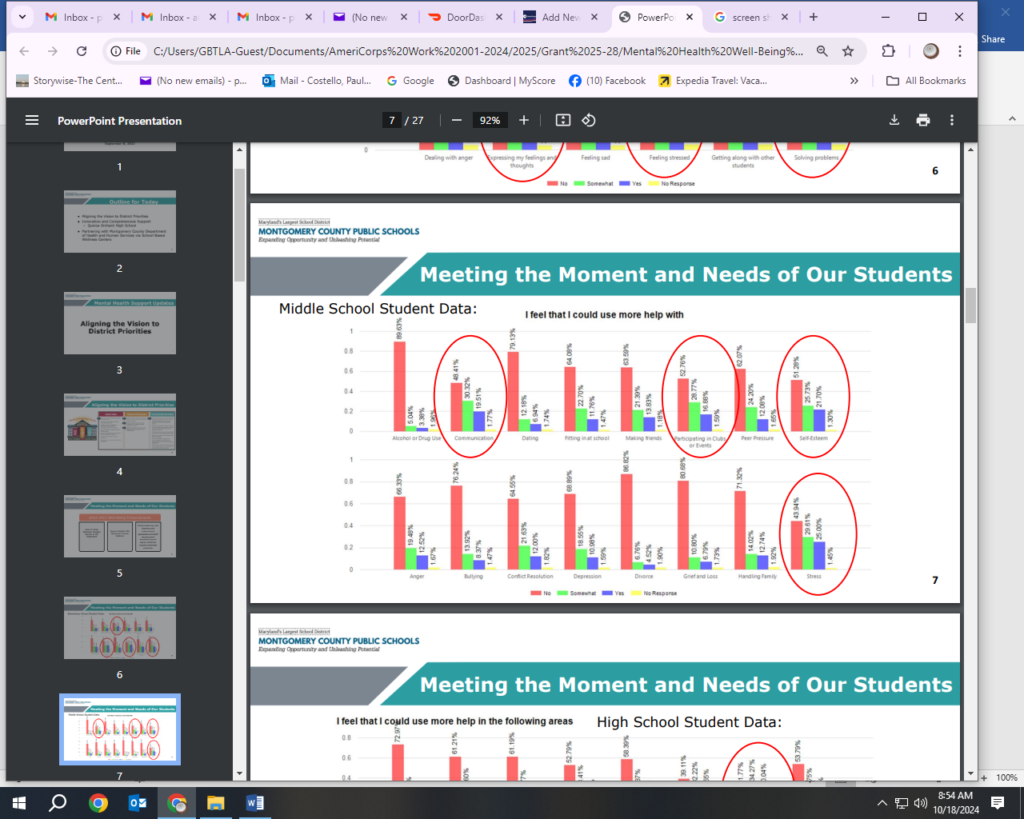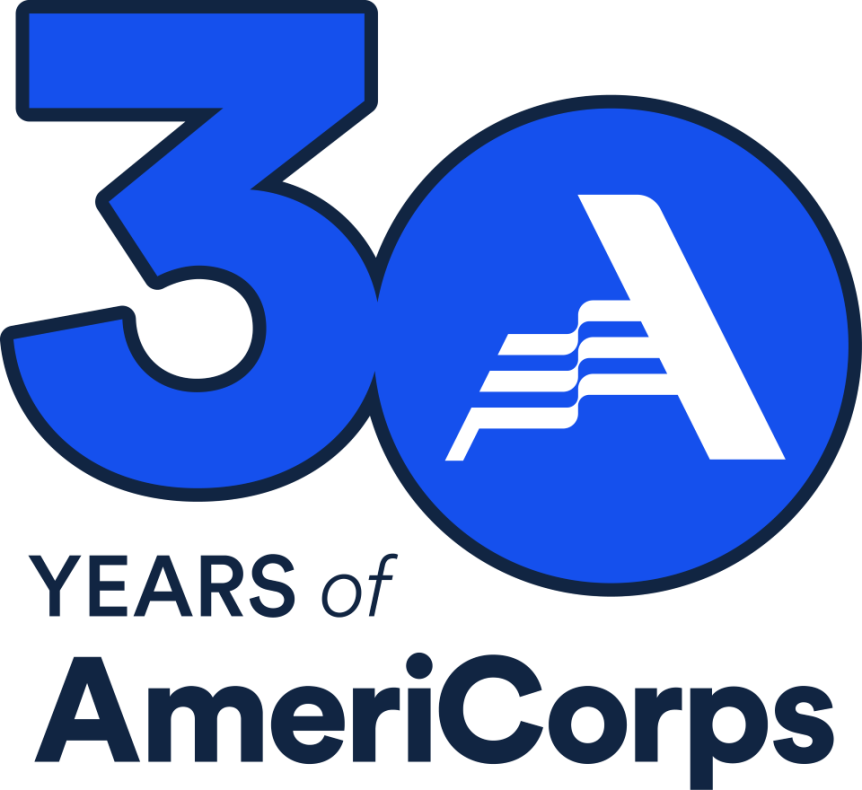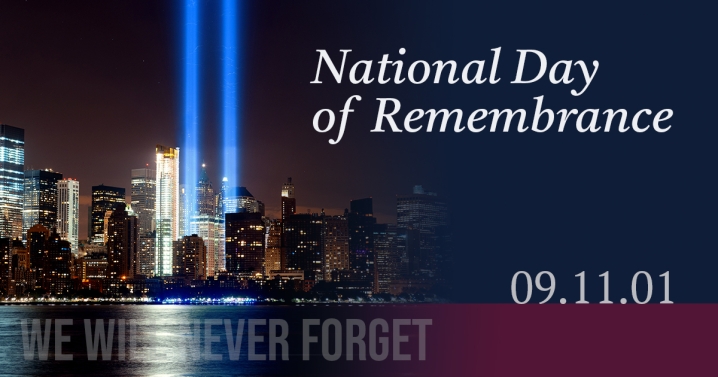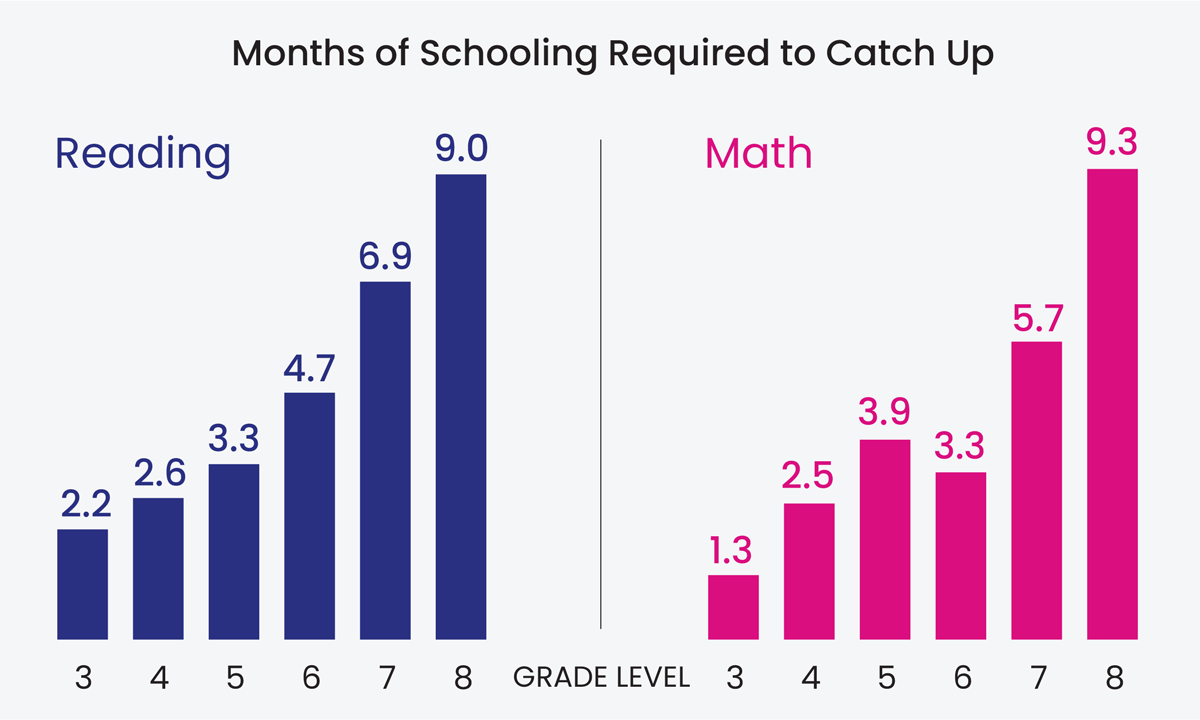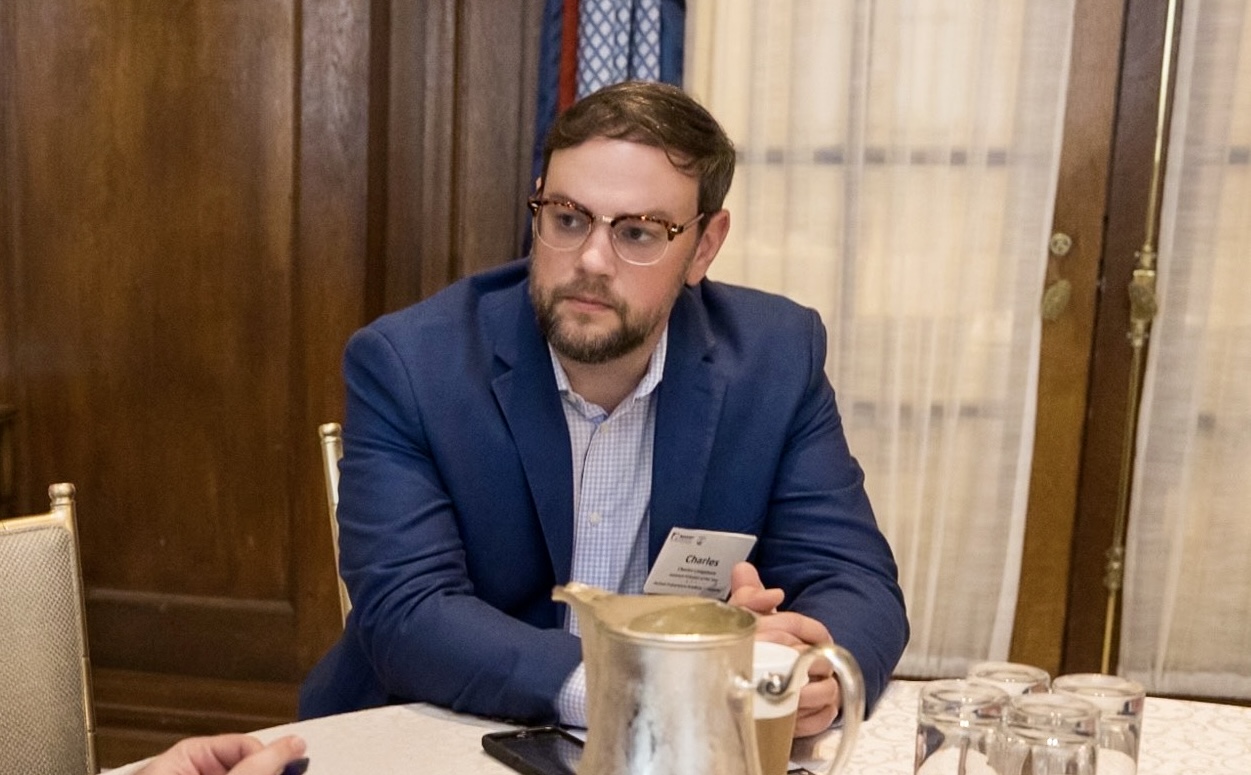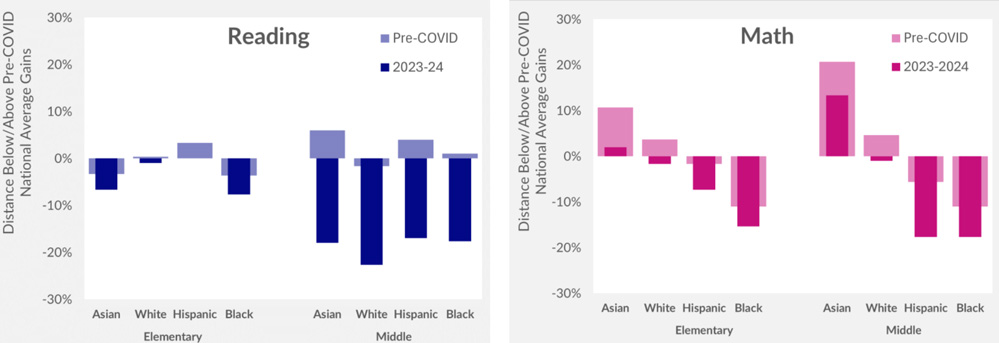By Jake Halpern New York Times September 8th 2024
Mr. Halpern is a journalist and author. He and Michael Sloan shared the 2018 Pulitzer Prize for editorial cartooning for “Welcome to the New World,” a 20-part series in The New York Times.
Within our marriage, my wife and I have a clash of cultures, which means we talk to our kids quite differently about the state of the world and its future. We play somewhat typecast roles. I’m the upbeat dad from America; she’s the no-nonsense mom from Poland. We’ve created two different schools of child-rearing; it’s pretty much Disney versus the Iron Curtain.
My wife, Kasia, handles hardship better than I do. In general, she is very at ease when discussing the morbid, the poignant and the tragic. You might say this is her native habitat.
Kasia grew up on the other side of the Iron Curtain, in Warsaw. There was no coddling there. When she was in first grade, her teacher took her on a field trip to the site of a recent plane crash, where she stared at the charred sneakers of dead passengers. The lesson seemed to be: Bad things happen, and there is no point in pretending otherwise. Oh, yeah, and build better planes. That plane, by the way, was headed to Warsaw from — where else? — the United States. The symbolism went deep.
When our boys were toddlers, and they asked us about death, I hemmed and hawed, while Kasia explained: I will die, your father will die, and someday you will die. As you can guess, tears were shed, but death was thus accurately explained.
Kasia lost her own dad when she was just 10 years old. At the time, her father — a renowned mathematician — was living in France and fighting a losing battle with cancer. No one ever told Kasia, or her brother, about the cancer. When she learned that her father had died, the news came as a complete shock. Now, as a parent, Kasia favors something close to complete transparency. She once told me, “I just want to protect the kids from feeling unprepared in case something terrible happens.” That still breaks my heart.S
I, by contrast, enjoyed a largely tragedy-free childhood. I grew up in the glow of the 1980s, going to the mall, listening to Men Without Hats on my Walkman and watching “MacGyver” on television. Oh, MacGyver! Is there anything in this world that can’t be fixed with duct tape, a Swiss Army Knife and a roguish smile? You get the idea. I believed, wholesale, in happy endings. As a parent, I offered my boys the same upbeat reassurances that my own parents offered me, when the Cold War was raging and Ronald Reagan was assuring us that it was “morning in America.”
To be sure, I worried about my kids, especially when they were little. In America, there is an entire industry that caters to such worries and offers endless fixes: car seats, covers for electric outlets, baby gates, window guards, corner protectors, toilet locks and anti-scalding devices for faucets. When my kids were young, I bought plenty of this stuff, partly because it made me feel like I was doing my job — like I was in control. The funny thing is, the older my kids got, the more I realized just how little control I had. My kids, of course, knew it, too.
My youngest son, Lucian, who is now 15, has a fatalistic streak. He recently observed to me, “The world is coming apart, isn’t it, Dad?” His proof, which was ample, included climate change, power outages, Ukraine, Gaza and the protests on the college campus near us. And he didn’t seem convinced that any of the world’s “supreme leaders,” as he called them, were doing an especially good job.
“How much faith, in general, do you have in adults?” I asked him recently.
“Not much,” he replied.
“Have you always felt this way?” I asked.
“No, the world was better 10 years ago,” he said wistfully. “But, I never really thought about that kind of stuff when I was 5. Back then I just thought about what I was going to have for lunch.”
Fair enough.
In one conversation, Lucian told me: “Dad, it’s not a matter of ‘if’ there will be nuclear war; it’s a matter of ‘when.’” He had this look in his eyes: a gleam of defiance, as if he were daring me — the resident optimist — to disagree. I was at a loss for words because, truth be told, I had been inching my way toward that same terrifying realization. The only question was whether I was willing to offer him some grand reassurance that we both knew would be a lie.
Kasia, as far as I can tell, feels far less conflicted about discussing the apocalypse. This is perhaps because, as a child, she had her own brush with Armageddon. When she was 11 and still living in Poland, the nuclear power plant in Chernobyl had its meltdown in 1986. Her mother and stepfather managed to glean tidbits of information, over the crackle of their radio, via Radio Free Europe.
Everyone feared the worst and scrambled to get hold of iodine pills, because they can protect the thyroid against the effects of radiation. Initially, Kasia’s parents couldn’t find any. Eventually, they learned that a friend of a friend, who lived across town, had some extra pills. They rushed over, but by the time they arrived, the friends explained that they had only two doses to spare. “My parents gave the pills to me and my brother,” Kasia recalled.
Her mother and stepfather didn’t minimize the gravity of the situation. Their approach was to give the kids as much information as possible. Their goal, they later told me, was to “build trust” with their kids so that they could all respect and depend on one another. This vector of trust was tested, a year or so later, when her parents chose to hide subversive, underground newspapers in their apartment. They initially were vague with their children about what they were hiding, but later came clean. Their unity, it seemed, was predicated on truth.
This is still Kasia’s approach to life. She is all about the facts. Perhaps not surprisingly, she went on to become a scientist — an endocrinologist who, incidentally, knows a fair amount about thyroids.
The truth is, Lucian is right. The world is coming apart. I see it from his perspective now. He has grown up in an age in which Covid closed schools, forest fires darkened the skies, hurricanes intensified and rioters stormed the U.S. Capitol. My instinct to minimize all of this was wrong. On some level, I just didn’t want to admit to my kids — or to myself — that I was powerless to protect them. This was, at heart, a lie that would only undermine their trust in me.
The real problem with my approach, however, is that I was robbing my kids of a sense of urgency, a sense that the situation, in much of the world, is dire and that it demands their attention. So I’ve embraced the Iron Curtain response: Yes the world is broken, which is why you need to fix it. Lucian’s response to this, of course, is: We didn’t break it. You did. Touché. He also reminds us: If you can’t fix things, what makes you think I can? And I can only reply: Maybe you can’t, but you still have to try.
Jake Halpern is a journalist and author. He and Michael Sloan shared the 2018 Pulitzer Prize for editorial cartooning for “Welcome to the New World,” a 20-part series in The New York Times.
Link
